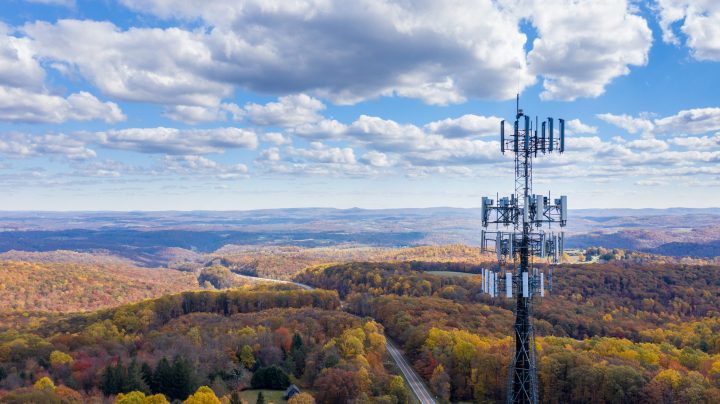
FCC readies broadband map to help allocate funds for higher speeds
FCC readies broadband map to help allocate funds for higher speeds

On Friday, the Federal Communications Commission will unveil a new national broadband internet service map. Or at least a draft of one. It’s been a year this week since President Joe Biden signed the bipartisan infrastructure law, which, among other things, put more than $40 billion toward our nation’s stubborn broadband equity problem.
The maps the federal government has used to make those determinations in the past were, by the government’s own admission, not very accurate.
If you spent time this week waiting for Taylor Swift tickets to drop, then you know how folks who work on broadband equity feel.
“You know, there’s people kind of sitting around right now drumming their fingers in anticipation of the maps,” said Brian Whitacre, an economist at Oklahoma State University.
It’s been an open secret that our existing broadband map is pretty bad, he said. It relies on data from internet providers about which census blocks they serve.
“The main problem with that was the one-served, all-served fallacy,” Whitacre said.
Meaning that if one household was connected, on the map the entire block was colored green.
Whitacre said that works just fine in cities. But not so much in rural areas, where a census block can encompass hundreds or even thousands of square miles.
“They might overestimate coverage by as much as half or a third,” he said.
The new map will be based on more granular data, said Tyler Cooper, editor in chief of BroadbandNow.
“So tomorrow, whenever this new data set comes out, we’ll see a lot of these areas suddenly switch to red,” Cooper said.
And suddenly become targets for badly needed funding.
“I’ll caveat that by saying, you know, I think it’s going to be a very messy process,” he said.
That’s because anyone can challenge the broadband availability data the new map is based on — a process that will be hosted on the internet.
“Right off the bat, communities who don’t have reliable internet access are going to have a hard time,” said E.J. John, a policy and research analyst with the American Indian Policy Institute. “You need information. And if you’re not able to go out to your community and go door to door and do your own survey, then it’s gonna be really hard to file a good challenge.”
John said that means some of the most underserved communities could stay underserved. New map or not.
There’s a lot happening in the world. Through it all, Marketplace is here for you.
You rely on Marketplace to break down the world’s events and tell you how it affects you in a fact-based, approachable way. We rely on your financial support to keep making that possible.
Your donation today powers the independent journalism that you rely on. For just $5/month, you can help sustain Marketplace so we can keep reporting on the things that matter to you.

















